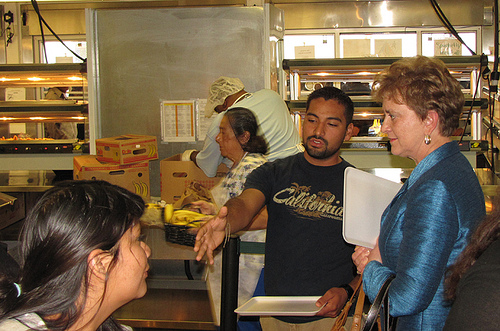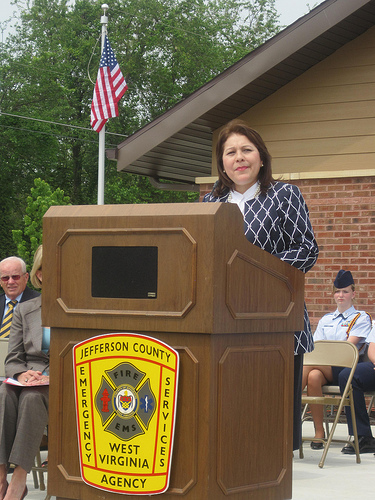Feeling Stressed? So are Poplars
This post is part of the Science Tuesday feature series on the USDA blog. Check back each week as we showcase stories and news from the USDA’s rich science and research portfolio.
By Jennifer Donovan, Michigan Technological University
People aren’t the only living things that suffer from stress. Trees must deal with stress too. It can come from a lack of water or too much water, from scarcity of a needed nutrient, from pollution or a changing climate. Helping trees and crops adapt to stress quickly and efficiently is a pressing goal of plant biologists worldwide.
A team led by Michigan Technological University scientists and supported by USDA and DOE grants has identified the molecular mechanism that Populus—the scientific name for common poplars, cottonwoods and aspens—uses to adapt to changing soil conditions, as well as some of the genes that turn the process off or on. They hope to apply what they’ve learned to find ways to use biotechnology or selective breeding to modify the trees to make them more stress-tolerant. And better sources of pulp and fiber.
“Our hope is that by understanding how this works, we can manipulate the system so the plants can adapt faster and better to stressful conditions,” explained Michigan Technological University’s Victor Busov, senior author on a paper about this work published in the journal The Plant Cell.
Busov and colleagues at Michigan Tech, the University of Georgia, Oregon State University and the Beijing Forestry University in China analyzed thousands of genes in the Populus genome, the only tree genome that has been completely sequenced. They were searching for the mechanism that regulates the plant’s decision to grow tall or to spread its roots out in an extensive underground exploration system that can sample the soil near and far until it finds what the rest of the plant needs.
The key players turned out to be a family of hormones called gibberellins, referred to by the scientists as GAs. “GAs’ role in root development is poorly understood,” said Busov, “and the role of GAs in lateral root formation is almost completely unknown.” Lateral roots are the tangle of tiny roots that branch out from the primary root of a plant. ”They are the sponges,” Busov explained, “the ones that go looking for nutrients, for water—the ones that do most of the work.”
The researchers hope to understand how to turn off production of GAs, which would stimulate more roots and fewer leaves and twigs — and thus help poplars cope with drought conditions, a valuable trait in a world where water scarcity is increasingly a problem.

Poplar fruiting as part of the USDA poplar breeding program.

Poplars. Photo credit Michigan Technological University.





